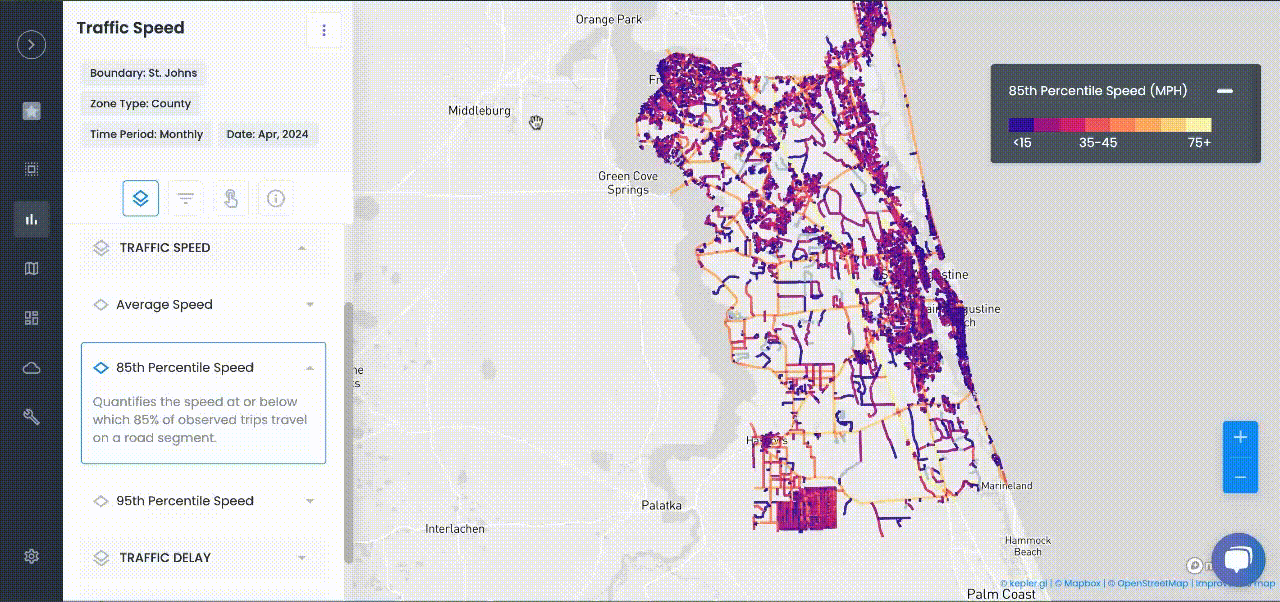
Urban SDK Joins Government Technology’s AI Council to Help Shape the Future of AI in the Public Sector
We’re proud to announce that Urban SDK has officially joined the AI Council, part of Government Technology’s Center for Public Sector AI
Urban SDK Joins Government Technology’s AI Council to Help Shape the Future of AI in the Public Sector
We’re proud to announce that Urban SDK has officially joined the AI Council, part of Government Technology’s Center for Public Sector AI — a national initiative uniting public and private leaders to guide the safe, effective use of artificial intelligence across government.
This council brings together forward-thinking agencies, technology partners, and academic institutions to share ideas, define standards, and promote the responsible adoption of AI solutions in the public sector. As innovators at the intersection of geospatial intelligence, mobility analytics, and civic technology, Urban SDK is honored to be part of this important effort.
Why This Matters
AI is transforming how cities and states manage infrastructure, mobility, and safety. But to harness this potential effectively, government leaders need trusted partners and a clear framework for how AI can be implemented responsibly.
That’s why the AI Council exists — and why Urban SDK’s participation is so meaningful.
By collaborating with other members of the council, we’ll help shape policies and strategies for AI use in areas that directly affect the public: from traffic safety and road maintenance to land use planning and emergency response. Our contributions will focus on how AI-powered geospatial data and predictive analytics can drive smarter decision-making and more equitable outcomes.
Bringing Geospatial AI to the Forefront
Urban SDK has long championed the use of clean, real-time location data to help governments automate and optimize operations. From detecting speeding hot spots to forecasting infrastructure needs, our platform helps agencies move from reactive to proactive — and AI is a critical piece of that evolution.
As part of the AI Council, we’ll share our experience building AI-powered solutions that:
- Identify traffic and safety trends across thousands of roadway segments
- Streamline permitting and land development workflows
- Support rapid response planning for public works and emergency management
- Automate reporting and compliance processes using clean GIS data
Building AI for the Public Good
Our mission has always been to empower governments with data-driven tools that improve quality of life for their communities. Joining the AI Council is an opportunity to take that mission further — ensuring that AI is not just a buzzword, but a practical, ethical, and accessible tool for public service.
We’re thrilled to contribute our voice and expertise to this dialogue, and to work alongside fellow innovators dedicated to making AI work for cities, counties, and citizens across the country.
Stay tuned as we share insights and learnings from our work with the AI Council in the months ahead.

TRAFFIC ENFORCEMENT FEATURES
80% of citizen complaints
are a perception problem
Urban SDK provides precise hourly speed data to evaluate complaints and deploy resources efficiently for the greatest impact to public safety.
Urban SDK provides precise hourly speed data to evaluate complaints and deploy resources efficiently for the greatest impact to public safety.
Target Speeding
Identify hot spots, validate monthly speeding trends and monitor vulnerable areas like school zones.
Improve Safety
Crash and citations location information to compare speed trends month over month
Fast Response
Respond to citizen complaints sooner with address search and exportable reporting
Deploy Assets
Generate maps for traffic enforcement by time of day, location or division to deploy officers to known problem areas.
RESOURCES
Customer Success
See how public sector leaders succeed with Urban SDK.
WEBINAR
Identify speeding and proactively enforce issues
See just how quick and easy it is to identify speeding, address complaints, and deploy officers.







